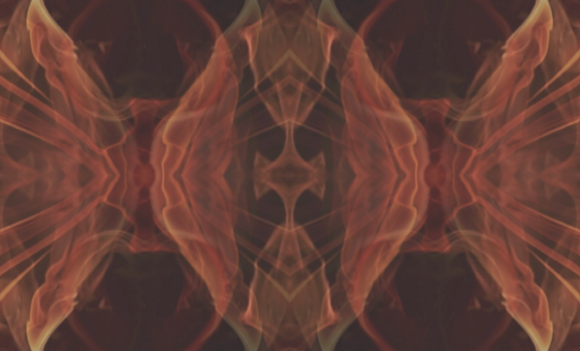Mirrors — those of the symbolic flavor, i.e. mirrors of the soul — don’t necessarily have to be visual. In one of Neil Gaiman’s short stories, a narrative work of art (i.e. a story-in-a-story) does the same trick that Oscar Wilde’s painting of Dorian Gray performs. Thus Gaiman removes the symbolic mirror one step further from literal mirrors.

1. Gordon and Belinda receive an envelope with a typewritten story as a present for their wedding. It seems to describe the event itself (much as one of those videotaped accounts do, nowadays). However, to their astonishment, the story seems to transmute and rewrite itself over the following years, inexplicably, from “Gordon and Belinda’s Wedding” to “Gordon and Belinda’s Marriage”; and what changes is not just the title, but its content: the story itself becomes different when they re-read it. More disturbing yet, the story also seems to diverge more and more into a shadow reality, a darker version of their lives. Just as Dorian Gray does, the couple resolve to lock the text away; and yet they cannot resist taking a look into the mirror and making a comparison with their own world, from time to time.
What is the meaning of all this? (Remember: when mirrors show up in a narrative, we’re invariably asked to shift to the symbolic level; and that is to ask what it means.)
The written story (i.e.: the mirror of their souls) appears to be a wedding present. Normally, such presents express “good wishes”: they paint an imaginary future of happiness and harmony; and we all know (cynical realists that we are) that in contrast to that, the actual future will be full of suffering and misfortune. Wedding presents, in a word, idealize and sugarcoat married life. Now the story in Gaiman’s tale (the soul-mirror) does something analogous to the painting in Wilde’s novella (which is also a soul-mirror): it flips the sides. Thus Belinda and Gordon’s real life develops in happiness and harmony, whereas the written story accumulates suffering and misfortune and heaps it on their in-story counterparts. Someone has made them a present that enables them to live in the mirror (the idealized and sugarcoated world) for real, whereas their mirror counterparts are marooned in the desert of the real. “I think it really is a wedding present,“ Belinda says in the book. “It’s the marriage we aren’t having. The bad things are happening there, on the page, not here, in our lives. Instead of living it, we are reading it … [the] thing on the paper is the real portrait of our marriage at present, and what we’ve got now is just a pretty picture” (12, 13).
2. Gaiman’s piece is only a variation on a theme, and of course he acknowledges that, by using an intertextual reference (having the characters in his story themselves mentioning the picture of Dorian Gray; 13). But his version adds something important to Wilde’s: it demonstrates that a mirror of the soul does not necessarily have to be visual — it can also be a story.
In one sense, of course, the painting in Wilde’s novella also tells a story. In the latter stages, when Dorian has done his various bad deeds, and the painting reflects that, each of the terrible traces on his face in the painting tell a story, as it were. It is not the visual impression as such which makes them so disturbing; it is our recognition of their history, of the actions that produced them as persistent witnesses. All this is metaphorical language, of course. But it is not far off the mark, for although a painting presents the whole picture all at once, we can only explicate its meaning by tracing each detail back in turn to its original meaning.
Perception of meaning is always a gestalt perception, a grasping of something enfolded. What the painted portrait of Dorian Gray and the story in Gaiman’s tale have in common, then, is that they enfold a certain narrative, which then functions as a mirror of souls at each given moment. The characters’ perception of that meaning consists of an intuitive grasp of that narrative all at once; and so does our own perception as readers, as long as we attend to it on the symbolic level. We are of course always free to leave it at that; but in contrast to the characters, as readers we also have the option to explicate, i.e. unpack it (as a literary critic may do, or as I am doing here for purposes of investigating the symbolic function of mirrors).




[…] a function that is much more specifically tied to being mirrors. This applies even when they are mirrors only in a figurative sense (as I have dubbed them, mirrors “of the soul”). And that function has to do with showing us […]